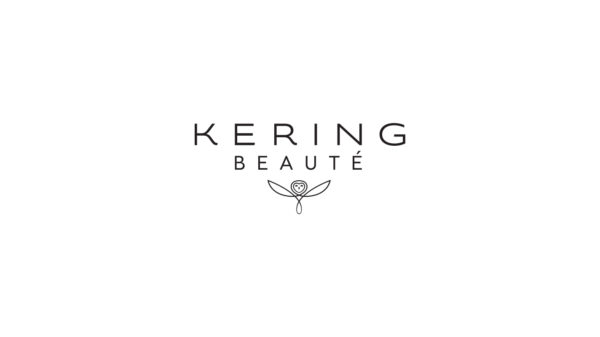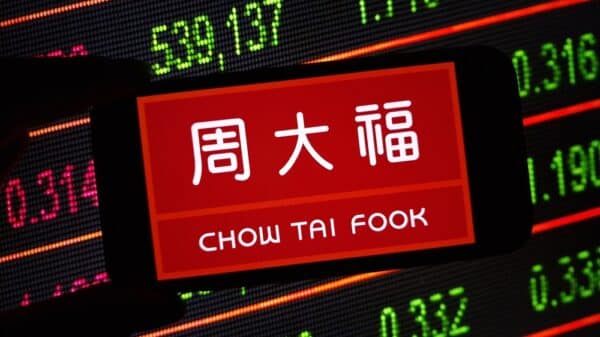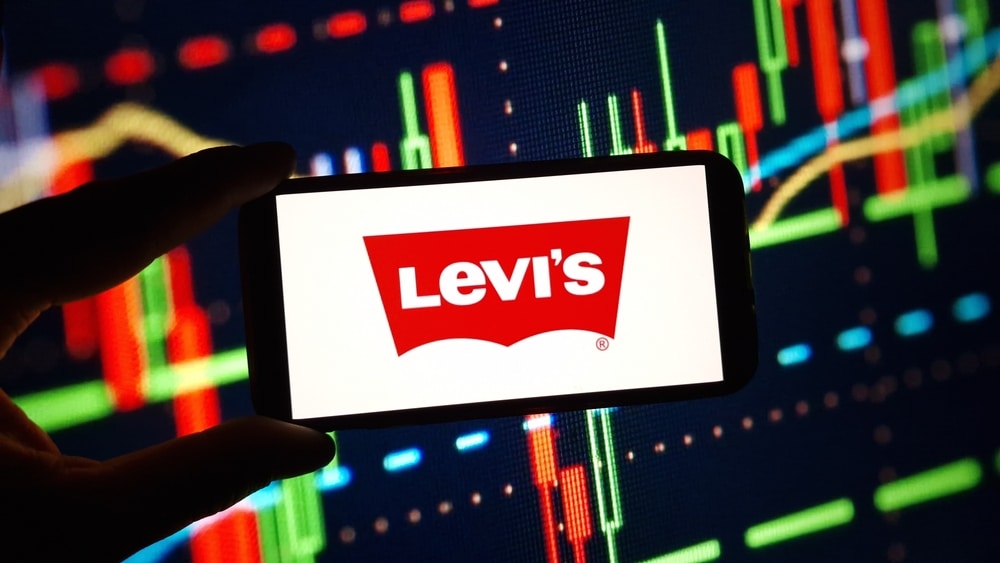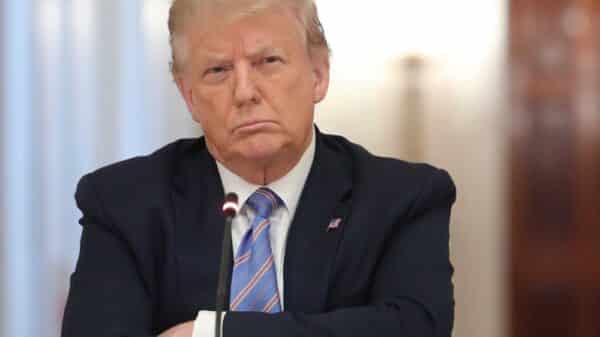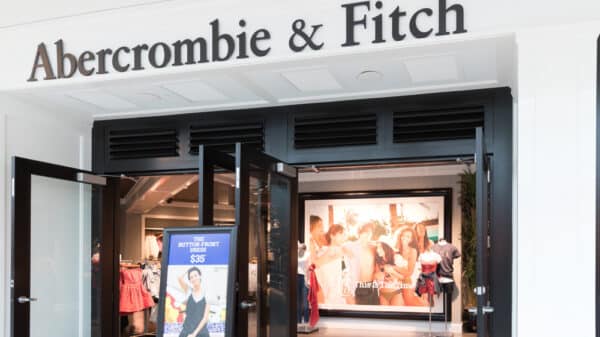Levi Strauss & Co is currently navigating a complex landscape shaped by changing trade policies and evolving consumer preferences. The company’s recent financial report indicated a notable decline in its stock prices, which fell approximately 7% in premarket trading. This drop was primarily attributed to concerns regarding the expected impact of tariffs on its fourth-quarter profit margins, overshadowing the company’s higher annual profit forecast.
Trade Policy Headwinds
The forecasted margin hit highlights the ongoing ramifications of trade policies introduced during the previous administration. Companies like Levi’s, which source a substantial portion of their products from South Asia—regions such as Bangladesh, Cambodia, and Pakistan—are particularly vulnerable to tariff increases. These nations currently face elevated tariffs that can significantly affect cost structures, especially for mass-market brands.
Despite this challenge, Levi’s has recently observed a resurgence in the popularity of loose-fitting jeans among Gen Z consumers. This trend provided the impetus for the company to raise its sales and profit projections for 2025. However, the projected 130-basis-point decrease in fourth-quarter gross margins remains a cause for concern.
Investor Sentiments
Investment analysts have responded with caution. Many deemed the company’s outlook conservative, suggesting that the forecast does not fully reflect current shopping trends. Notably, analysts from Barclays pointed out that there have been no discernible declines in consumer shopping behavior as of September. Market reactions indicate that many investors found the company’s forecast unsatisfactory, a sentiment echoed by Morgan Stanley, which assessed the stock’s movement as reflective of disappointment among shareholders.
Strategies for Mitigating Tariff Impact
In light of these challenges, Levi’s has proactively secured around 70% of its inventory for the upcoming holiday season and implemented slight price increases to help absorb tariff-related costs. Executives emphasized these strategies during their post-earnings call, showcasing the company’s responsiveness to market pressures. Furthermore, by focusing on expanding its product range and maintaining a disciplined inventory approach, Levi’s aims to cushion itself against declining consumer confidence and the continued impact of tariff policies.
Comparison with Competitors
Despite these hurdles, Levi’s has managed to enhance its stock value by approximately 40% throughout the year. When examining its forward price-to-earnings ratio, which stands at 16.94, it appears to be in a less aggressive position compared to competitors like Ralph Lauren, which has a P/E ratio of 20.59, or American Eagle Outfitters with a P/E of 11.38. This differential indicates varying market expectations regarding growth and profitability across the sector.
In conclusion, while Levi Strauss & Co faces considerable challenges stemming from trade policies, it remains resilient, adapting its strategies to meet changing consumer demands. Its proactive inventory management and focus on emerging trends could serve as crucial factors in mitigating the adverse effects of external pressures, allowing the brand to navigate confidently through uncertain economic waters.





